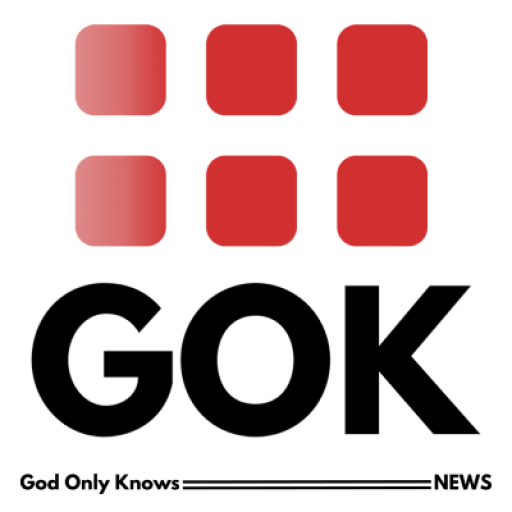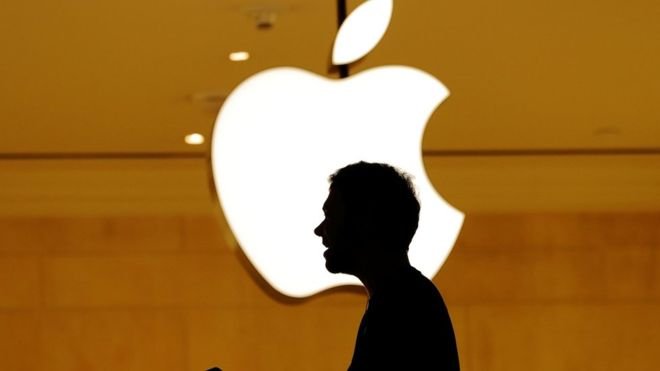Apple Comes With Lockdown Mode Against Government Spyware
Apple has announced a new security feature specifically targeting sophisticated spyware. The additional, optional security feature will be available this fall in the tech giant’s next operating system, which will be iOS 16 for iPhone, iPadOS 16 and macOS Ventura for Mac.
In practice, the feature will only be really useful to a small number of users and limits the functionality and ease of use of an iPhone to counter some well-known ‘zero-click’ attack methods. Lockdown Mode should therefore primarily outwit the particularly sophisticated espionage software, such as Pegasus, that is used by governments.
The mode blocks unknown numbers, among other things. They can no longer call you or start video calls. The majority of attachments in messages are also blocked, except for images. Features like preview links don’t work. Web browsing also looks different because certain complex technologies (such as ‘just-in-time’ JavaScript) are blocked unless the user identifies the site as trustworthy. The phone will also not be able to be wired to computers and accessories if it is encrypted.
In addition, as long as the iPhone is in Lockdown Mode, you cannot put management software or configuration profiles on it that are used, for example, for business software. According to Apple, the feature should be able to counteract all known spyware in the “mercenary market,” as the company calls it.
The new feature is notable in that it goes quite far and restricts a range of functionalities to deprive attackers of the opportunity to abuse them. Certainly for a company like Apple, which has always put ease of use first, a function that trades that convenience for security is a serious step.
Apple is also honest about this and reports that the function is really intended for those few people. It is also one of the first times the company has admitted that its devices could be vulnerable to a specific type of attack or attacker. We now have to wait to see whether Android, for example, will follow suit and whether the function can be expanded in the future.


